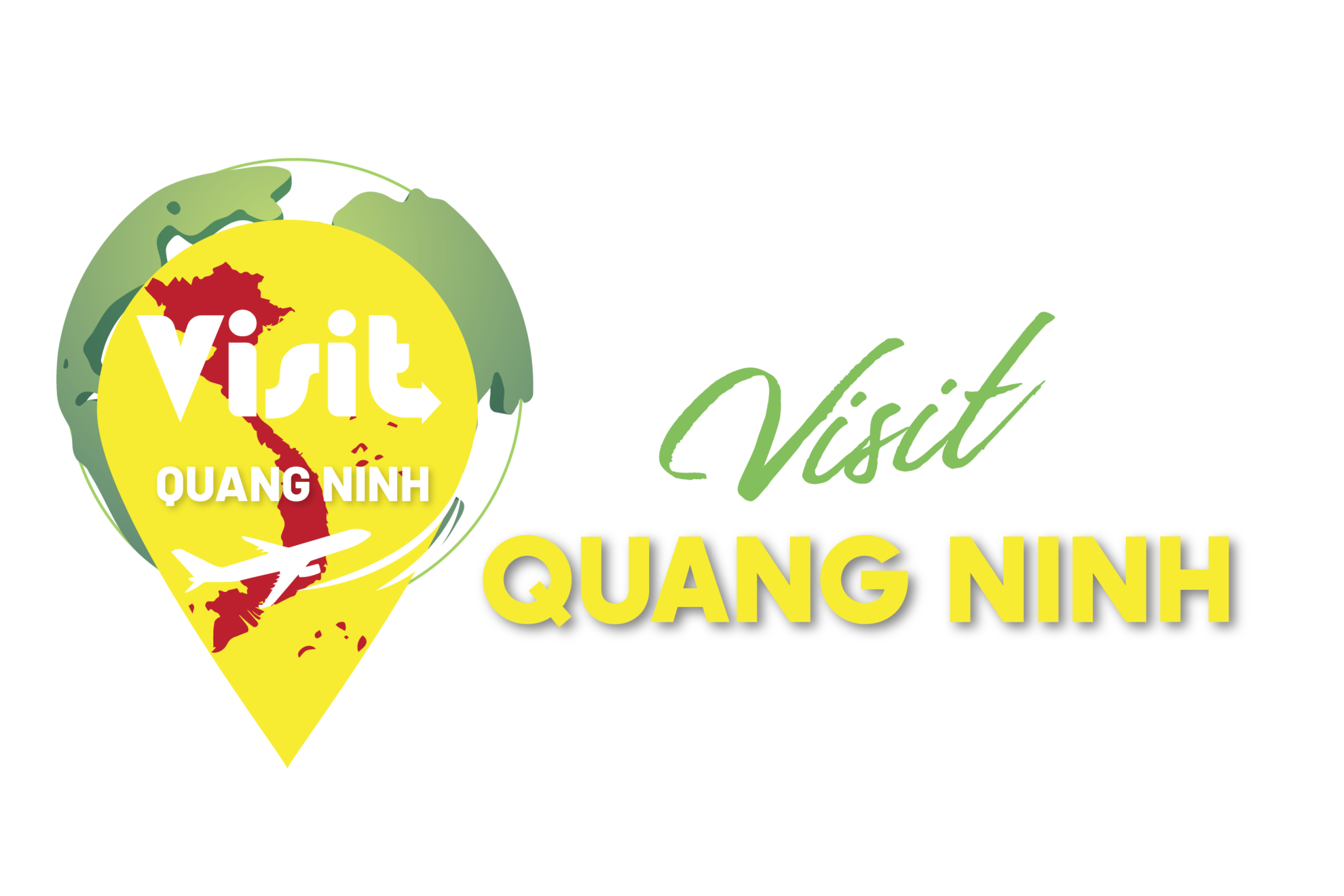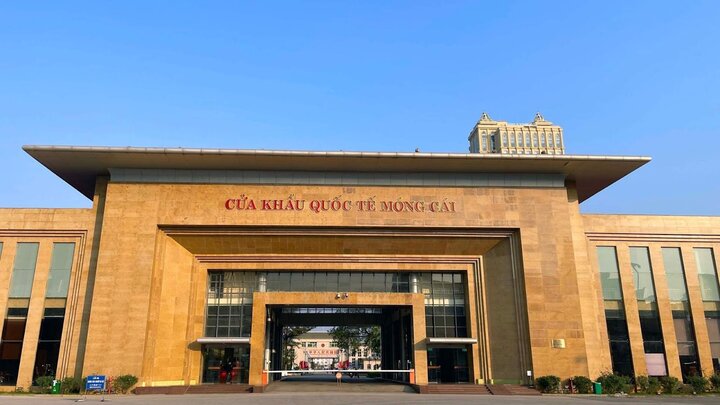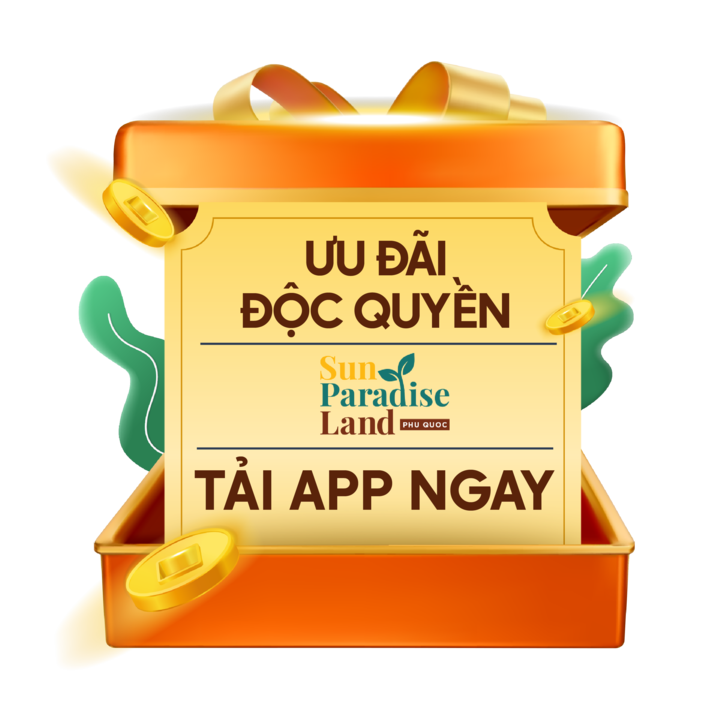1. Overview of Mong Cai International Border Gate
1.1. Geographical location and basic information of Mong Cai International Border Gate
Mong Cai International Border Gate is located in Mong Cai ward, Quang Ninh province, about 160 km northeast of Ha Long city center. This is the largest road border gate on the Vietnam-China border, directly bordering Dongxing Border Gate (Guangxi Province, China) via the Bac Luan bridge spanning the Ka Long River.
The Bac Luan International Border Gate serves as the central control point, where immigration and border trade activities are managed. The historic Bac Luan bridge crosses the Bac Luan River with a length of 111 m and a width of 7 m, directly connecting Vietnam and China. Milestone 1369 marks the territorial boundary, associated with national sovereignty and a favorite check-in spot for tourists.
1.2. Outstanding features and strategic role
As the most important international border gate in Northern Vietnam, Mong Cai International Border Gate holds the position of the main trade gateway between Vietnam and China. It is only a few hundred meters from Dongxing city center via the Bac Luan bridge. This strategic location makes it the nucleus of regional economic development with strong road and waterway transportation.
Mong Cai International Border Gate is the center of the Mong Cai Border Gate Economic Zone, one of Vietnam's eight key border gate economic zones. This primary trade gateway of the Northeast region with China promotes import-export, economic, tourism, and cultural exchange. At the same time, it contributes to ensuring national defense and security and forms a border of peace and friendship between the two nations.
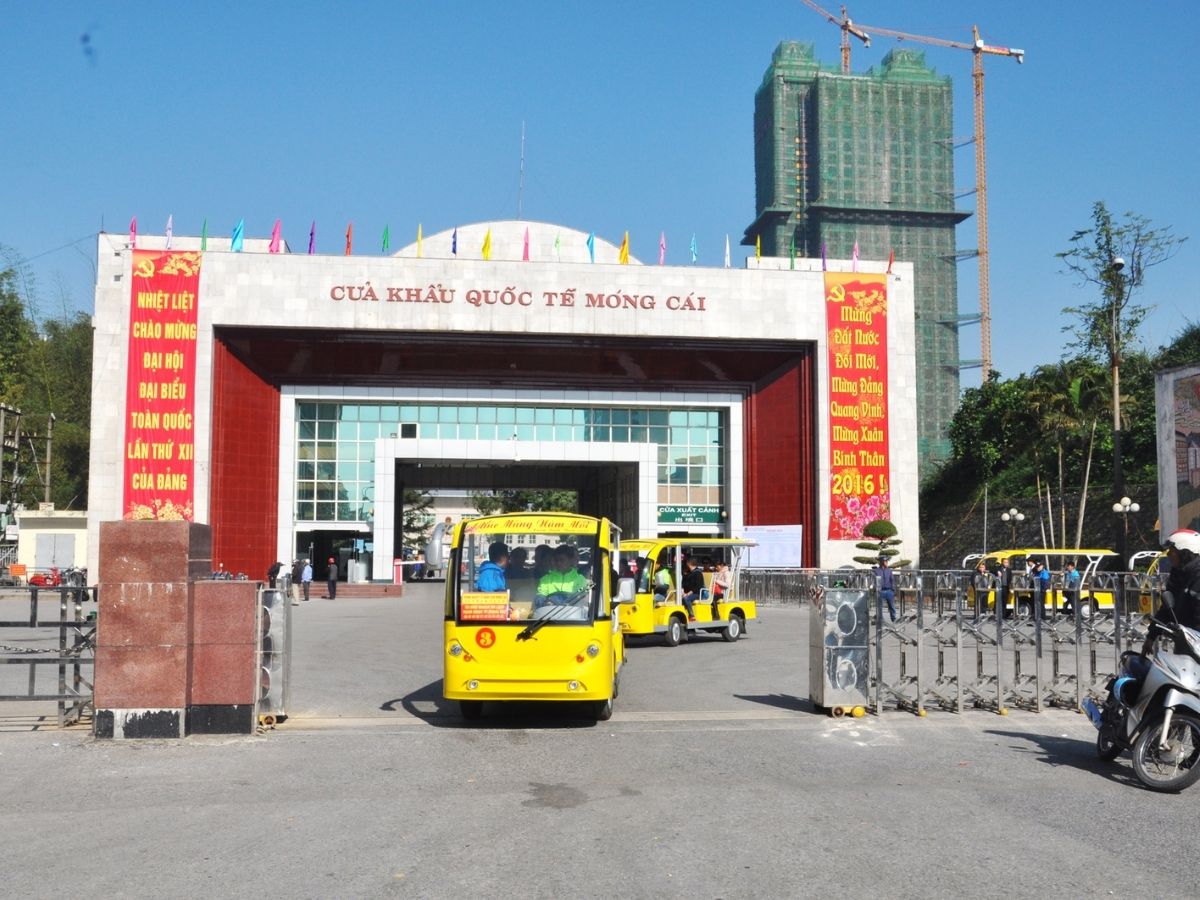
Mong Cai International Border Gate serves as the main gateway for trade between Vietnam and China. (Source: Collected)
2. How to get to Mong Cai International Border Gate
2.1. From Hanoi to Mong Cai International Border Gate
The distance of about 300 km from Hanoi to Mong Cai International Border Gate can be traveled by various means of transport. Buses from My Dinh, Luong Yen bus stations take 6-7 hours, with reference ticket prices from 250,000 – 350,000 VND/trip. Fixed routes operate regularly, serving both tourists and merchants.
Personal cars can travel conveniently via the Hanoi – Hai Phong – Ha Long – Mong Cai expressway, a modernly invested route. High-class limousine buses are also an option provided by many transport businesses, offering a comfortable experience with a travel time similar to regular buses.
2.2. Traveling within Mong Cai City
Within Mong Cai city, tourists can rent motorbikes from service points in the inner city area for convenient visits to Mong Cai International Border Gate and nearby attractions. Taxis and Grab are popular in the city with meter-based prices, suitable for short trips.
The city bus system serves routes from bus stations and commercial centers to the border gate with low costs and fixed schedules. These means of transport are all convenient for tourists who want to explore the bustling border space flexibly.
3. Architecture and notable structures at Mong Cai International Border Gate
3.1. Bac Luan International Border Gate House
With its modern and grand scale, the Bac Luan International Border Gate House is the heart of Mong Cai International Border Gate . This structure includes immigration control areas, customs supervision, and scientifically designed commercial support services. The architecture is distinctly modern with clear functional levels, facilitating the movement of people and goods.
A constant flow of people and goods passes through here, creating the characteristic vibrant atmosphere of an international border gate. The border gate house plays a central role in managing all transport activities, security checks, and cargo irradiation, ensuring all procedures are smooth and fast.
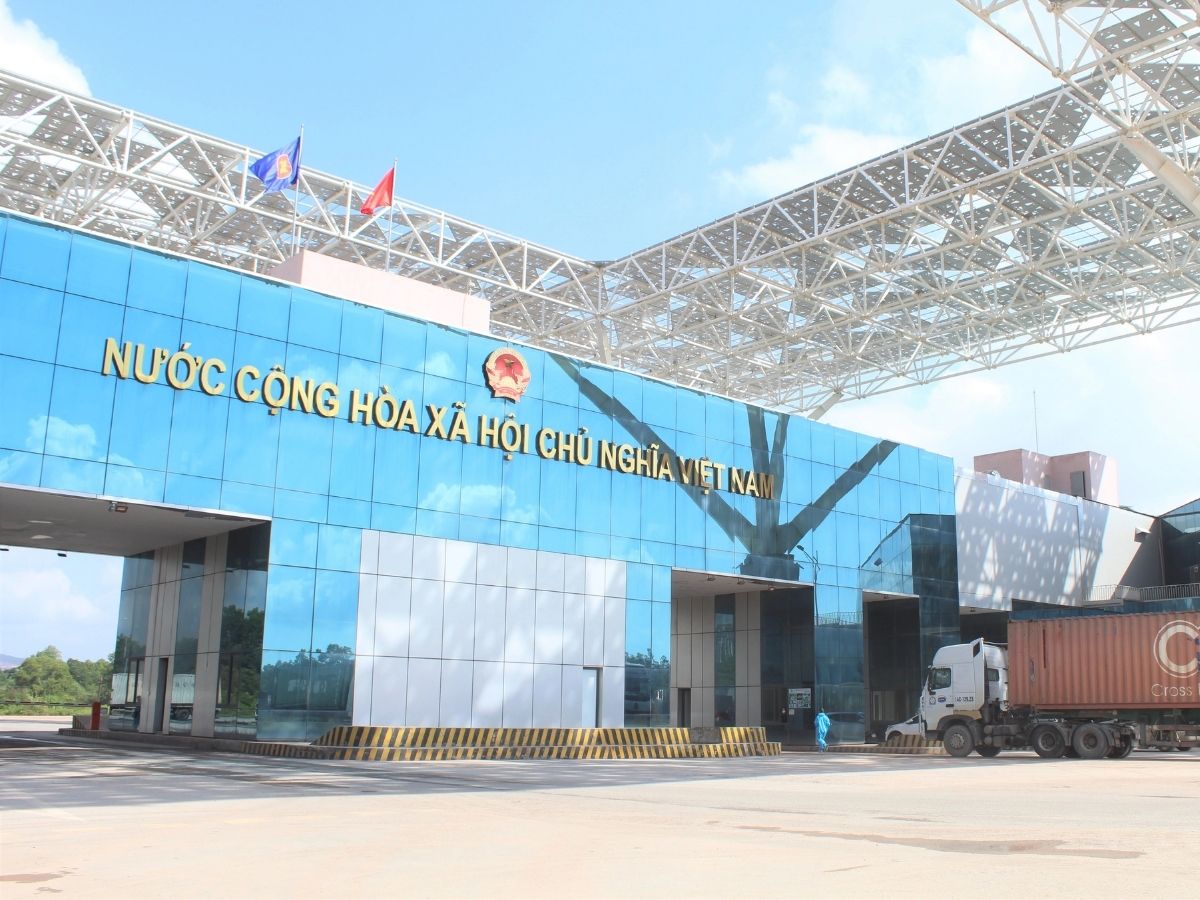
The Bac Luan International Border Gate House is the heart of the Mong Cai International Border Gate. (Source: Thanh Nien Newspaper)
3.2. Bac Luan Bridge: A Symbol Connecting Vietnam and China
The Bac Luan Bridge, commenced in 1898, has undergone numerous repairs and reconstructions throughout history. The current bridge opened to traffic in 1994, measuring 111 m in length and 7 m in width, with a robust reinforced concrete structure. In 2019, Bac Luan 2 Bridge was inaugurated with a more impressive scale, being the largest arch bridge in Vietnam, 618 m long, with 4 motor vehicle lanes and a design speed of 80 km/h.
The bridge's distinctive architecture not only showcases advanced construction techniques but also carries profound symbolic value. The Bac Luan Bridge serves as a vital artery for trade and tourism flow between the two nations. It is also a tangible testament to the long-standing cooperative relationship between Vietnam and China.
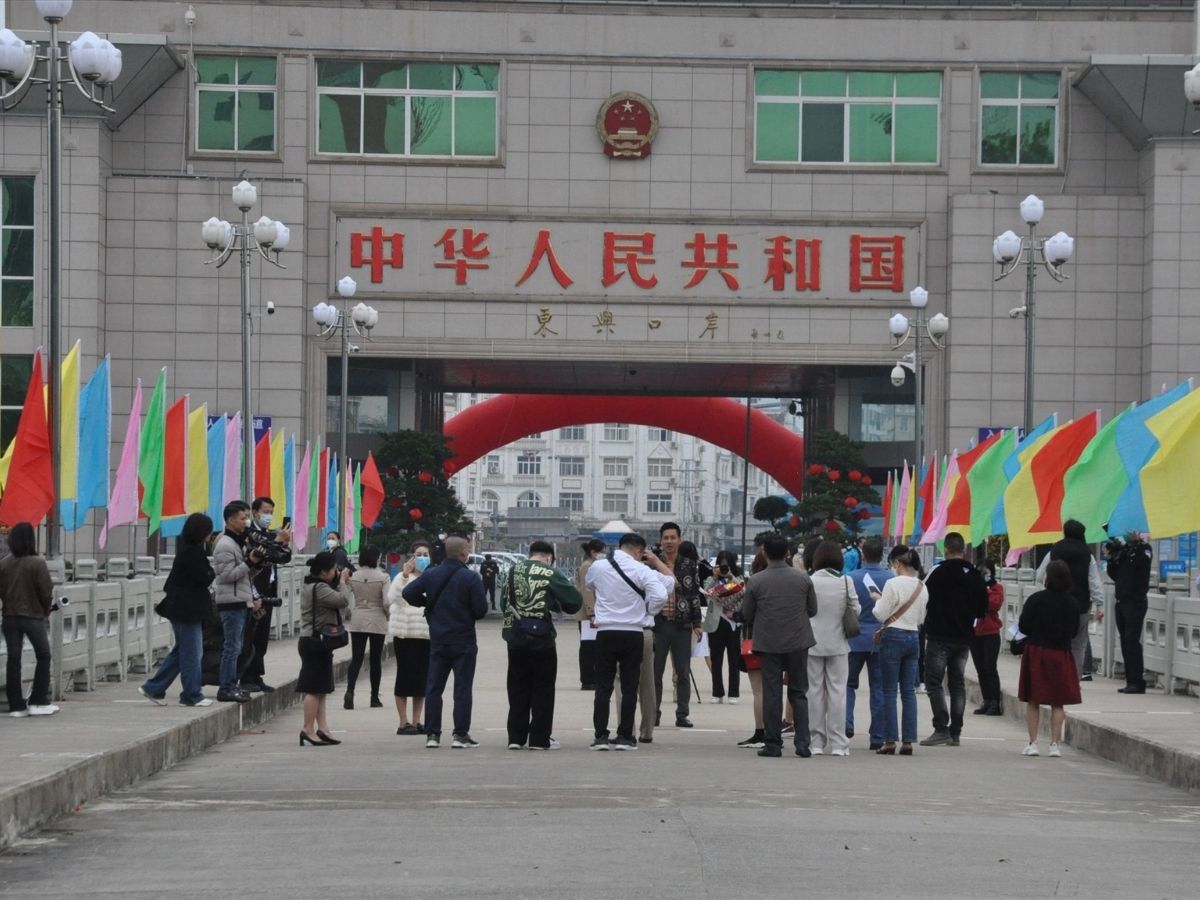
The Bac Luan Bridge plays a vital role in the commercial and tourism flow between the two countries. (Source: Thanh Nien Newspaper)
3.3. Landmark 1369: The Sacred Border
Landmark 1369 marks the official boundary between the two countries, carrying sacred significance for territorial sovereignty. It is not only an important geographical point but also a symbol of peace and friendship between the two peoples. Tourists visiting Mong Cai International Border Gate often come to the landmark to take souvenir photos, marking a special moment.
The area around the landmark is strictly protected, reflecting respect for the historical value and political significance of the site. The landmark has become a meaningful destination, helping tourists understand more about the history of border formation and national pride.

Marker 1369 marks the official border between the two countries, holding sacred significance. (Source: Lao Dong Newspaper)
4. Economic Role and Trade Activities at Mong Cai International Border Gate
4.1. Vibrant Import-Export and Logistics Hub
Customs clearance activities at Mong Cai International Border Gate reach a scale of tens of millions of tons of goods annually with diverse items. Fresh agricultural products, frozen seafood, electronics, fabrics, and machinery are the main goods frequently crossing. The two-way trade flow creates a non-stop working pace at the border gate.
The logistics system is developing strongly with modern yards, bonded warehouses, and two-way transportation services. Import-export enterprises are supported with optimized costs and customs clearance times. Electronic customs clearance technology is widely applied, improving the efficiency of document processing and reducing waiting times.
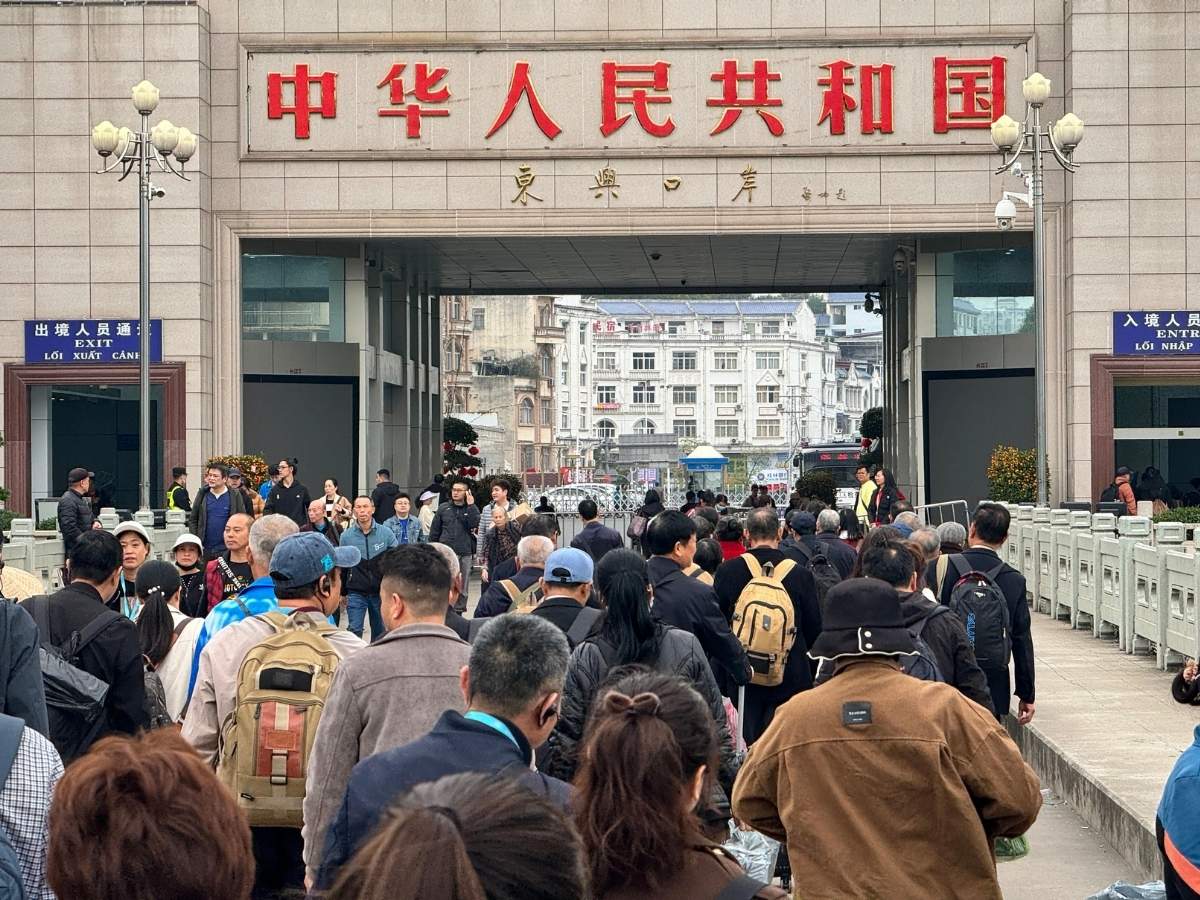
Customs clearance activities at Mong Cai International Border Gate handle tens of millions of tons of goods annually with a diverse range of products. (Source: Collected)
4.2. Development of the border gate economic zone and related services
Mong Cai International Border Gate is the driving force of the Northeast border economic zone. It plays a crucial role in connecting the economies of Northern Vietnam, Guangxi, China, and the coastal economic regions of the Tonkin Gulf. The economic development potential is continuously expanding with domestic and foreign investment projects.
The service ecosystem includes banking, insurance, logistics, dining, and commercial accommodation, comprehensively serving international multimodal transport operations. Import-export consulting services and professional support for businesses in handling procedures create favorable conditions for bilateral trade activities.
5. Tourism, exploration, and cultural exchange experiences at Mong Cai International Border Gate
5.1. Popular tourist activities in the border gate area
Visitors to Mong Cai International Border Gate often start by visiting Milestone 1369 and taking souvenir photos at the historic Bac Luan Bridge. The feeling of standing on the border between two countries, gazing at the gently flowing Bac Luan River, offers a uniquely unforgettable experience.
The vibrant atmosphere of trade, with a bustling flow of people and goods, creates a lively picture characteristic of border regions. Tourists can observe immigration and emigration activities, feeling the pulse of life in an important international border gate. These moments help visitors better understand the economic and political role of the border gate in bilateral relations.
5.2. Exploring border cuisine and bustling market streets
The border cuisine at Mong Cai International Border Gate is rich with coastal flavors, featuring dried sea cucumbers, Tra Co razor clams, and fresh sea crabs. Marinated squid and other fresh seafood dishes are prepared in the unique local style, creating unforgettable tastes. Eateries near the border gate serve both tourists and merchants with diverse menus.
Mong Cai Central Market and the 3-story market are bustling shopping destinations offering a wide variety of goods, local specialties, and imported Chinese products. Tourists can buy unique souvenirs and enjoy the lively trading atmosphere characteristic of border areas.
5.3. Festivals, cultural exchange events between Vietnam and China
Cultural exchange festivals at Mong Cai International Border Gate take place on special occasions such as Lunar New Year and Vietnam-China National Day. Art programs and international trade exhibitions create a dynamic exchange space between the two peoples. Lantern festivals and Vietnam-China economic cooperation events attract a large number of participants.
These cultural activities not only promote friendly relations but also provide opportunities for tourists to experience the unique cultural characteristics of both nations. The harmonious blend of tradition and modernity at these events leaves a deep impression of the spirit of border cooperation.
6. Tips and notes for visiting Mong Cai International Border Gate
6.1. Best time to visit, required documents, and procedures
Visitors can come to Mong Cai at any time according to their personal schedule. However, to make the trip more enjoyable, you can refer to some travel tips for Mong Cai below.
The ideal time to experience Tra Co beach is from April to July, when the weather is warm and sunny, favorable for recreational activities. Additionally, you can combine your trip with the April 30th holiday to attend the Carnival festival in Ha Long, then continue to visit Mong Cai. Another option is to attend the Tra Co communal house festival, held on the 30th day of the fifth lunar month and the 1st day of the sixth lunar month in Ha Long, before exploring this coastal city.
Required documents include ID cards/Citizen Identity Cards and passports if you intend to cross the border. Tourists wishing to travel to Dongxing need to prepare a Chinese visa according to regulations. Merchants transporting goods must provide vehicle registration and related documents. Strictly adhere to national defense and security regulations, health declarations, and border guard procedures according to the latest regulations.
6.2. Suggested itinerary combining exploration of prominent tourist spots near Mong Cai International Border Gate
The exploration itinerary can combine Mong Cai International Border Gate with Sun World Ha Long for a modern amusement park experience. Tra Co Island, 8 km from the city, with its beautiful beach, is an ideal stop after visiting the border gate. Mong Cai Market and the bustling pedestrian street offer rich shopping and culinary experiences.
Tourists can spend 1-2 days to fully explore the area, from visiting historical sites to experiencing the vibrant commercial life. Combining nearby tourist attractions creates a diverse itinerary, satisfying both the desire for historical understanding and relaxation and entertainment.
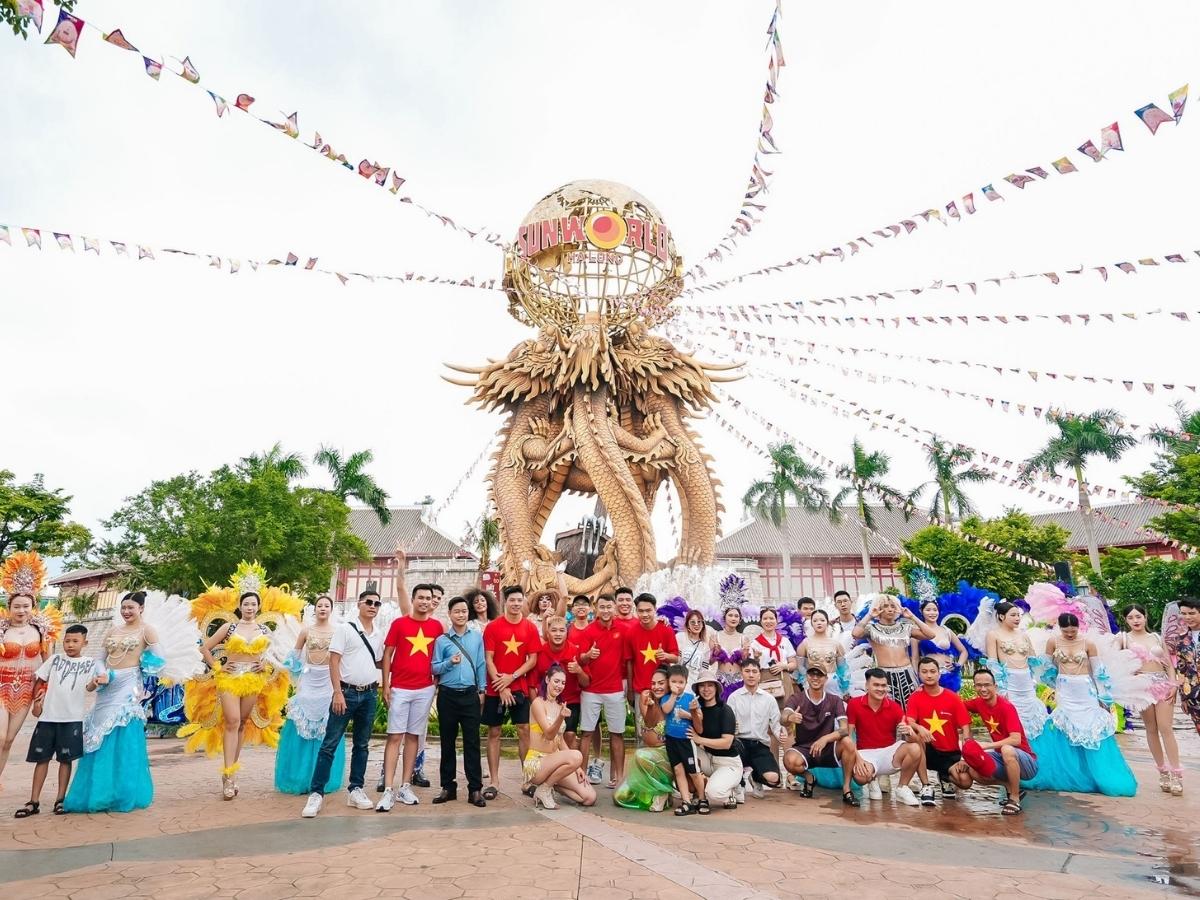
Sun World Ha Long offers many diverse cultural and culinary experiences, making the trip more complete and memorable.
Mong Cai is not only famous for Tra Co beach and its unique festivals but also attracts tourists with the Mong Cai International Border Gate. This is a vibrant intersection of border culture, commerce, and cuisine. A trip to this place will surely leave you with unforgettable memories.
